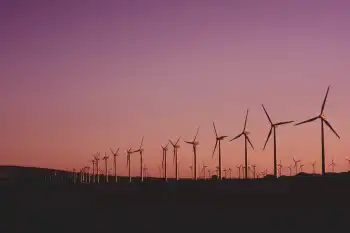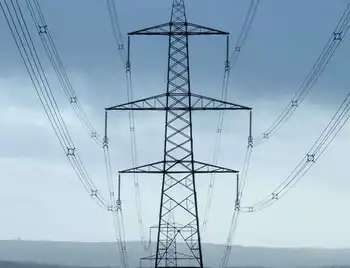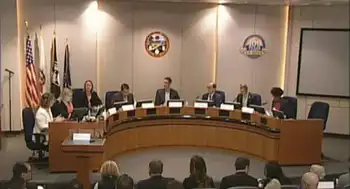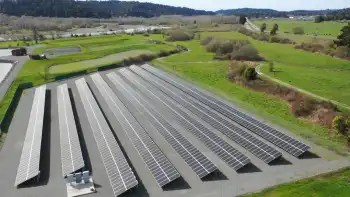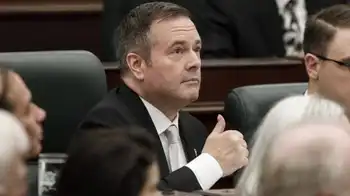Sarnia-Lambton could become a green community
By Sarnia Observer
Electrical Testing & Commissioning of Power Systems
Our customized live online or in‑person group training can be delivered to your staff at your location.

- Live Online
- 12 hours Instructor-led
- Group Training Available
There were skeptics who couldn't see how the home of the Chemical Valley could ever be considered a 'green' community.
But as 2008 comes to a close, we're inching slowly in that direction, especially if you count projects under way in surrounding Lambton County communities.
Bradley says he has a plan to push for progressive green policies. And he points to millions of dollars worth of infrastructure improvements to end the discharge of raw sewage to the St. Clair River as one example of the kind of constructive progress that can be made.
There's also a new solar energy farm under construction in Sarnia that will be the largest in the western hemisphere. On top of that, wind turbines are sprouting up around the county, and the UWO Research Park is investigating new ways to develop cleaner energies and biofuels technology.
If all that wasn't enough, Northern Ethanol plans to build an ethanol plant here in the not-too-distant future.
Bradley's vision includes installing grass-covered roofs on municipal buildings, synchronizing traffic lights and protecting trees.
Council bought into the vision, agreeing to spend $15,000 on a consultant to prepare a comprehensive "green" sustainability plan.
Council has also applied to the $550-million Federation of Canadian Municipalities' Green Municipal Fund.
On the wind farm scene, there were mixed results this year.
Another gigantic wind farm was proposed for Lambton County that had the potential to produce enough electricity to light up a city.
Michael Levesque, president of Engineered Systems Wind Power Division Inc. of LaSalle, said his firm hopes to build 57 to 80 turbines in St. Clair Township over the next five years.
In all, the giant windmills, which will be about 100 metres high, will cost approximately $720 million.
They'll produce enough power for 2,500 homes, Levesque said. If the project goes ahead, it will generate enough clean, emissions-free power to handle the needs of tens of thousands of households.
But township officials say they haven't heard from the company in months, and Mayor Steve Arnold has expressed concerns about wind turbines, saying they are a threat to birds and bats.
The proposal would not be the first of its kind in our region. A six-turbine wind project has opened in Lambton Shores between Forest and Grand Bend. Constructed by Sky Generation Inc., they are expected to produce roughly 30 million kilowatt hours of electricity annually, or enough to power 3,000 homes.
Martin Ince, president of MK Ince and Associates, has said 24 wind turbines capable of providing enough electricity for more than 12,000 homes, could eventually be built in north Lambton.
Dozens of solar panels are now in position near Churchill Line, where they will produce electricity from the sun.
OptiSolar Farms Canada is building North America's largest solar farm in Sarnia and the first of the panels will be online by Christmas, says company vice-president Peter Carrie.
"We're in the early stage of construction and it's going very smoothly. There have been no technical issues," Carrie said in a recent interview.
The first phase will produce 10 megawatts and involve hundreds of thousands of modules set up to absorb the sun's energy.
Twelve modules fit together to create one solar panel, measuring approximately three metres (10 feet) by two metres (6.5 feet).
Each panel sits on a concrete structure that's about two metres long and half a metre high. The concrete base is placed directly on the ground.
Most of the power will be sent to transfer stations at Modeland Road and St. Andrew Street.





